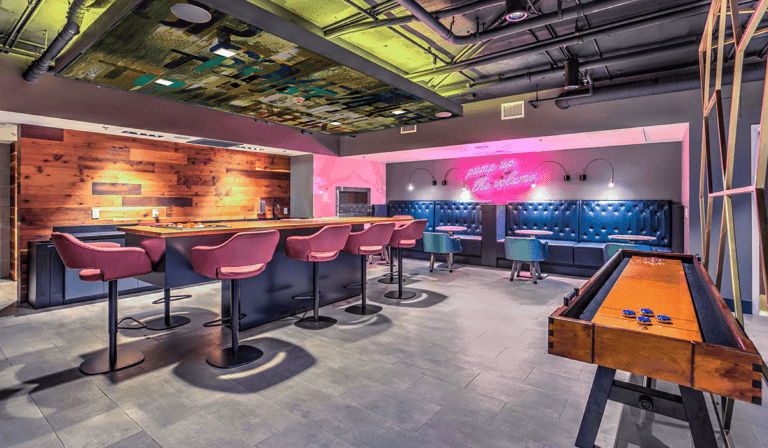The current forecast for multifamily properties is a roller coaster for anyone trying to pin down information from leading analysts. During this time of uncertainty, we have identified a few trends to expect in the coming years. First, as always, location is key. Some areas of the U.S. will see a decline in housing demand while others will continue to experience large population increases and property shortages. Affordable housing has been a challenge for quite some time and multifamily players have their work cut out for them to create opportunities for housing as a solution for people, communities and societal repair. In addition to continuing shortages in single-family detached homes in key areas, which drives up costs to buy, many people find themselves unable to invest. Others may want to, but want the stability that master-planned communities provide for comfort and long-term needs.
These conditions are driving factors behind the rise of a relatively new residential product, the B2R, or built-to-rent developments. Essentially, they are a merge between the standard apartment unit and a single-family home. These master-planned communities provide high-end apartment amenities with the detached residential experience. They currently make up about 6% of all new homes but are projected to soon double as demand for more flexible housing options continues to grow.
With those kinds of projected numbers, it’s becoming important to recognize this type of property as a forward-thinking trend that should not be ignored. In the Phoenix metropolitan area, we have been seeing these developments pop up all over the Valley. We don’t see the trend stopping any time soon, as home prices and bidding wars continue to escalate. One thing to note is, although these communities offer another option for renters, they are all consistently A–A+ properties, with 10-20% of a premium over more traditional single-family rental homes. They also offer, in general, a more elevated unit finish package from comparable attached multifamily properties.
While they fill a hole in the market we didn’t realize existed less than a decade ago, now that the offering is established, where does it go from here? We would like to see an evolution toward more affordable options for lower-income families that still offer the sense of community and security, but round out the B–C property scale. We would also like to see a type of property that offers rent to buy (perhaps B2R2B?) or some type of ownership opportunity that would aid families that have to rent vs. families that could buy but choose to rent.
In regard to design, multifamily has had a significant shift from cookie-cutter aesthetics to infusing character and brand, and these properties should be no different. We talk a lot about psychographics vs. demographics with our clients and, while demographics are helpful for data, psychographics are integral to programming and strategy. Amenities are the heartbeat of any property, whether it be institutional, residential or hospitality, and these amenities could use a shift in focus to amp up their character and community. Regardless, these developments are ones to watch, and we’re hopeful they can continue to bring a fresh offering to a housing market in need of innovation.
